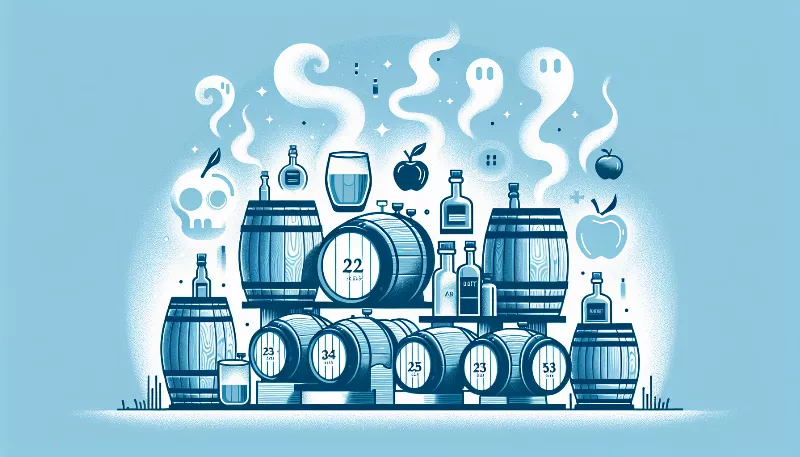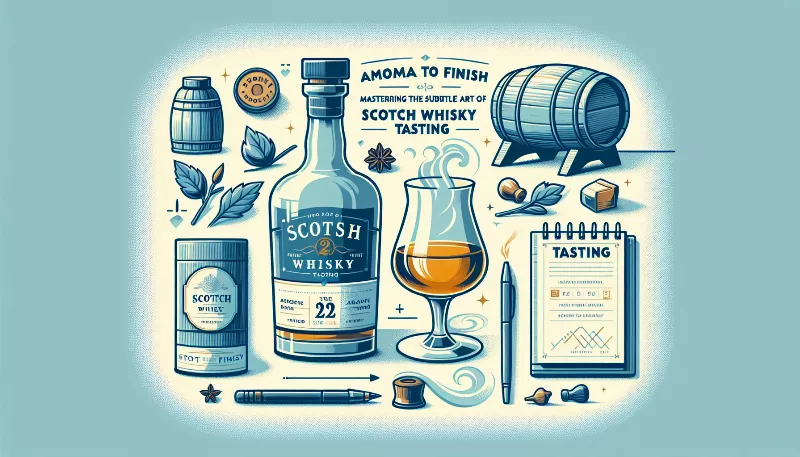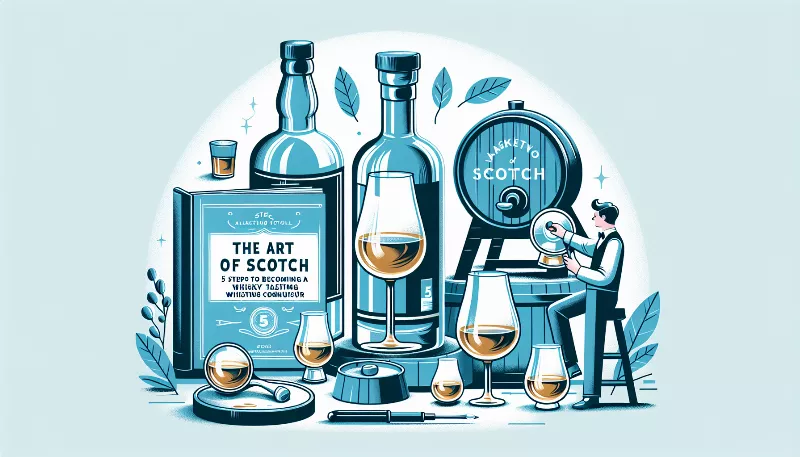How does the aging process affect the flavor profile of different Scotch whiskies?
Explore how aging Scotch whisky transforms its taste. Uncover the secrets behind the evolving flavors as whiskies mature. Savor the journey!

Embarking on a Flavorful Journey: The Aging Process of Scotch Whiskies
When it comes to Scotch whisky, age is not just a number; it's a testament to the rich, evolving journey of flavors and aromas that each bottle promises. As enthusiasts often say, 'the longer the maturation, the greater the anticipation.' But what exactly happens during the aging process that so profoundly affects the flavor profile of different Scotch whiskies? Let's dive into the oak-infused world of Scotch and discover how time and wood conspire to create liquid gold.
The Alchemy of Aging
The aging process, or maturation, is where the magic happens. It's an alchemical transformation that turns a clear, new-make spirit into a complex and nuanced whisky. This metamorphosis occurs within the walls of a cask, where the spirit patiently interacts with the wood, breathing in its essence over the years. The type of cask—be it American oak, European oak, or even one that previously held sherry or bourbon—plays a pivotal role in shaping the final flavor profile of the whisky.
Wood's Whisper: The Influence of Oak
Oak is not just a vessel; it's a character in the story of Scotch. It imparts vanilla, coconut, and caramel notes from American oak, while European oak lends dried fruit and spicy undertones. The char level inside the cask also contributes to the flavor, adding a smoky or toasted quality that can range from subtle to pronounced. Over time, the wood's compounds meld with the spirit, smoothing out rough edges and adding layers of complexity.
Time's Tapestry: Weaving Flavors Over Years
As the seasons change, the casks expand and contract, allowing the whisky to seep into the wood and back out, each time carrying with it a new spectrum of flavors. This natural ebb and flow enrich the spirit with depth and character. The length of maturation is crucial; too little time and the whisky may remain brash and one-dimensional, too much and it could become overly woody or lose its distinctive distillery character.
Climate's Caress: The Scottish Terroir
The unique Scottish climate also plays its part in the aging process. The cool, damp air of Scotland ensures a slow and steady maturation, which is essential for developing a well-rounded flavor profile. Distilleries located by the sea may find their whiskies imbued with a subtle salinity, while those nestled inland might produce spirits with a more delicate, floral touch.
The Symphony of Flavors in Aged Scotch
As the years pass, a symphony of flavors begins to emerge. Younger whiskies might boast fresh, fruity, and malty notes, while older expressions tend to exhibit richer, more developed flavors like dark chocolate, leather, and tobacco. The aging process can also soften the impact of peat, transforming pungent smokiness into a gentle, lingering peatiness that adds to the whisky's complexity.
Conclusion: A Time-Honored Transformation
In conclusion, the aging process is an intricate dance between spirit and wood, time and terroir. It's a journey that transforms every drop of Scotch into a narrative of flavors, waiting to be savored and celebrated. Whether you prefer the vibrant energy of a younger dram or the sophisticated allure of an aged single malt, remember that each sip is a tribute to the artistry of time itself.










